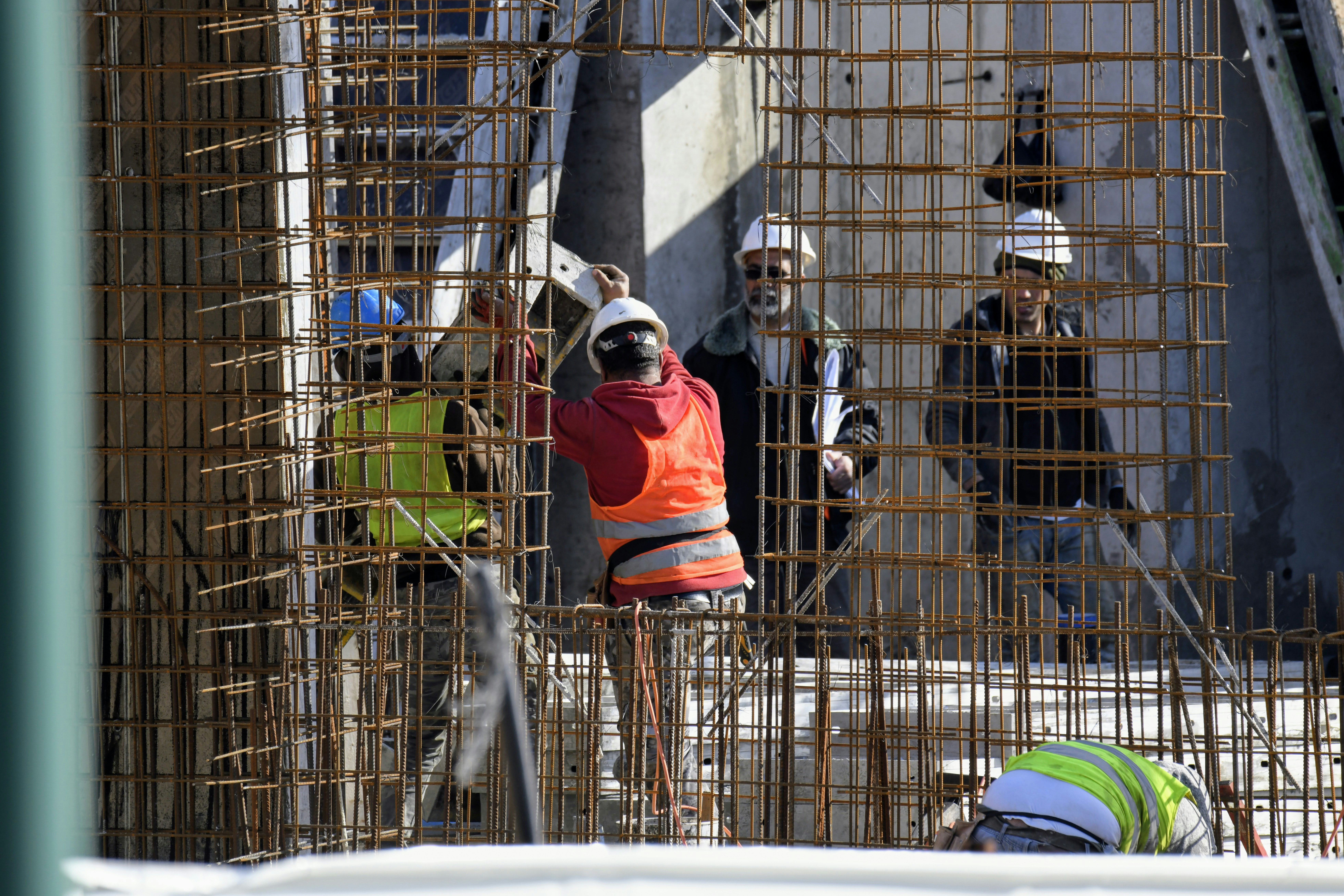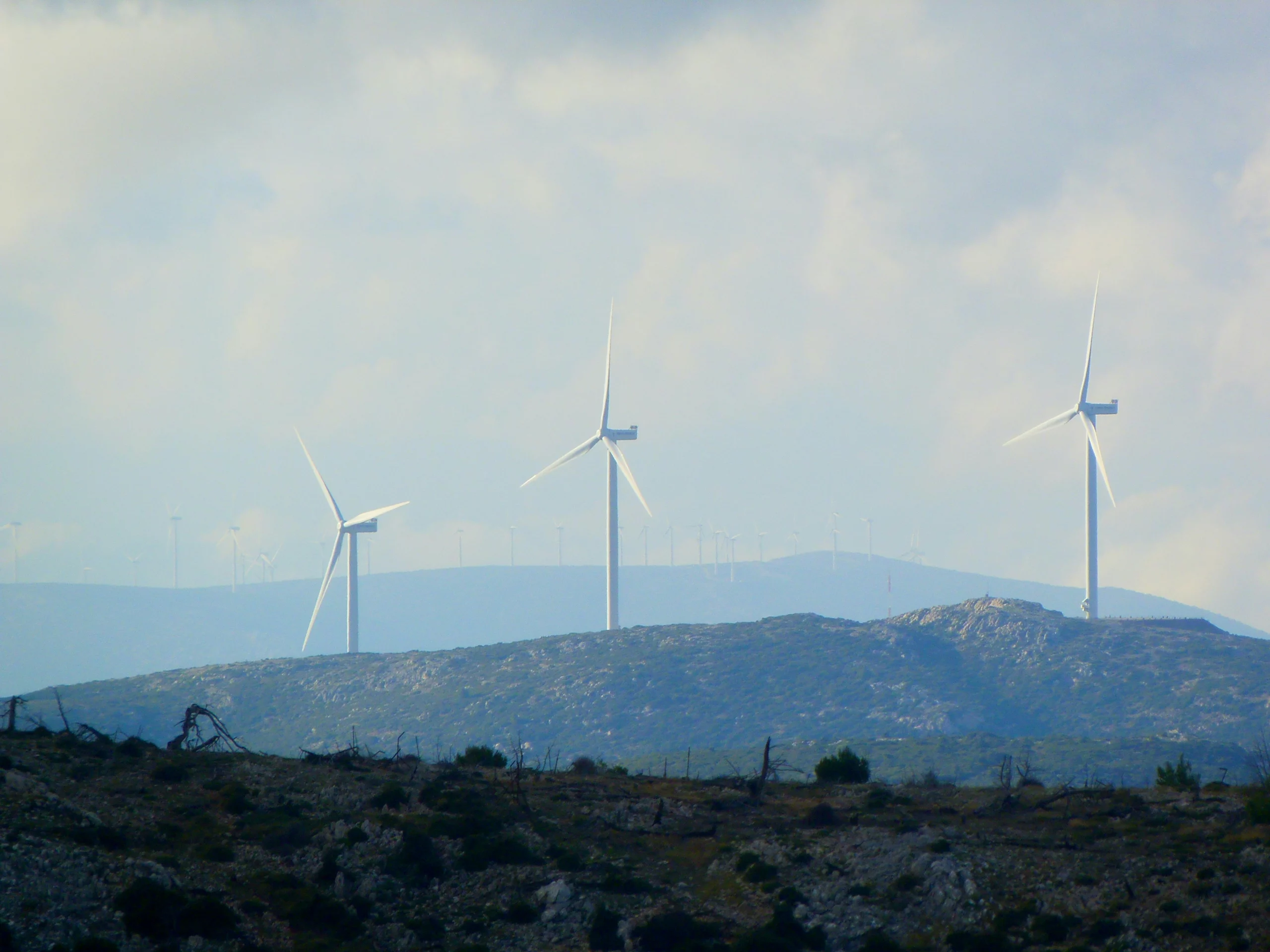The construction industry is increasingly aligning itself with ESG principles – a set of values that includes the environment, social responsibility and transparent management.
More and more investors are explicitly requiring contractors to make their operations comply with these standards. This is no longer a trend, but a reality in which those who can combine profitability with concern for the environment win.
Construction companies are therefore looking for simple, practical and inexpensive solutions that provide clear evidence of their commitment. It turns out that it is not at all necessary to introduce costly technological innovations to highlight their contribution to sustainability. It is enough to use the potential of tools that already exist – such an example is used scaffolding.
This is a solution that allows you to combine ecology with economy, and at the same time perfectly fits the expectations of modern investors. Below we explain why they can be a viable contribution of construction companies to building in the spirit of ESG.
Table of contents
ESG in construction – what does it mean in practice?
ESG stands for Environmental, Social, Governance, or environment, social responsibility and governance. In the context of construction, each of these pillars takes on a unique meaning.
- E (Environmental) stands for measures that reduce the negative impact of investments on the environment. This includes reducing the consumption of raw materials, reducing CO₂ emissions, saving energy or using recycled materials.
- S (Social) refers to responsibility to people – employees, local communities and customers. This includes, for example, ensuring workplace safety, eliminating downtime or concern for business ethics.
- G (Governance) focuses on transparent and responsible management. In construction, this means transparency in bids, clear communication and practices that build investor confidence.
For contractors, it means one thing: if you want to win tenders and win contracts, you need to be able to show that your company not only builds, but does so responsibly.

The ecological dimension of used scaffolding (E – Environmental)
It would be hard to find a simpler and more tangible proof of an ecological approach than the reuse of materials. Producing new steel is an energy-intensive process that generates significant amounts of carbon dioxide. Every ton of steel that does not have to be melted down means real energy savings and a smaller carbon footprint for the investment.
Used scaffolding reduces the scale of new equipment production and gives a second life to components that still have full use value. In this way, construction companies support a closed-loop economy – one of the key ideas of modern ecology.
It also sends a clear message to the investor: by choosing such a solution, the contractor is realistically reducing the environmental impact of the project.
The social aspect of equipment reuse (S – Social)
Choosing used scaffolding is also an action that benefits people. Lower purchase costs mean that the company can allocate more resources to other areas – such as improving working conditions, additional training or investing in worker safety.
The quick availability of equipment eliminates the risk of construction site downtime, which often generates pressure and stress among teams. The ability to start work smoothly is a psychological comfort for both managers and workers on site.
Finally – the use of environmentally friendly solutions positively affects the perception of the company among local communities. This builds the reputation of a company that not only makes investments, but also cares about the environment in which it operates.
Governance and competitive advantage (G – Governance)
Transparency and credibility are values that investors expect. Tenders are increasingly requiring the indication of environmentally friendly measures in bid documents. Information that a company uses used scaffolding sends a clear and understandable signal – the investor sees a practical action, not just a declaration.
Incorporating such a solution into the ESG strategy increases the credibility of the contractor. It shows that the company is not looking for shortcuts, but is consciously implementing solutions that matter in the bigger picture. This is an important element of management that increasingly determines winning a contract.
Why is used scaffolding a real contribution to ESG?
Used scaffolding fits perfectly into the three pillars of ESG:
- They support ecology, reducing emissions and raw material consumption,
- bring social benefits , enhancing safety and comfort,
- strengthen transparent management, allowing clear communication of environmentally friendly measures in bids.
It’s a simple solution that any contractor can implement without additional investment in cutting-edge technology or complex reporting systems. All it takes is a conscious choice of equipment to make a real contribution to sustainability.
Learn more about used scaffolding in our article ‘‘Used scaffolding – a complete guide’’

Summary
ESG is becoming an integral part of modern construction. Companies that are able to put it into practice gain not only the favor of investors, but also a real competitive advantage.
Used scaffolding is one of the simplest and clearest proofs that a contractor is acting responsibly. They combine ecology with savings, support people and strengthen management transparency.
At a time when ESG construction is becoming the standard, these are the solutions that show that modern construction can be both profitable and responsible.

